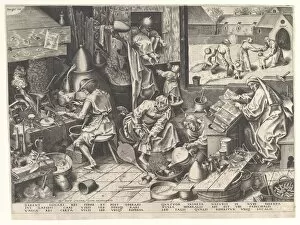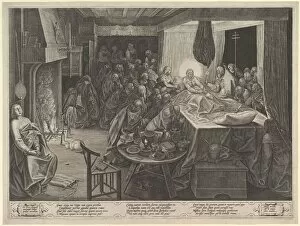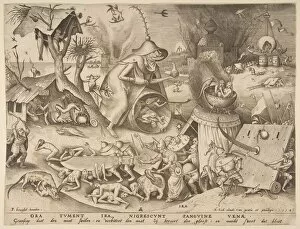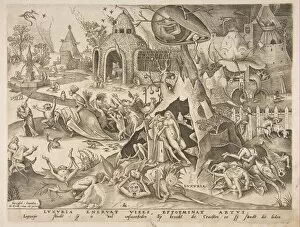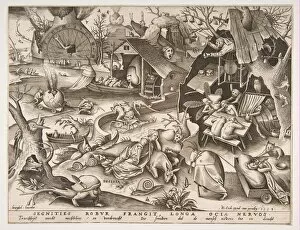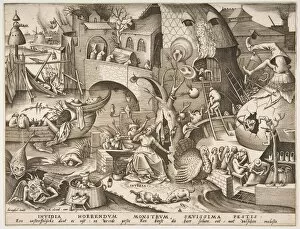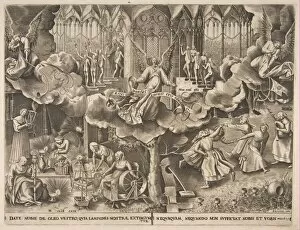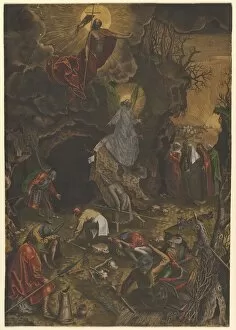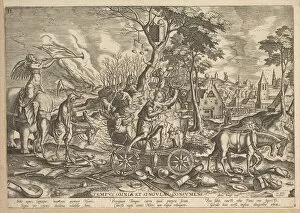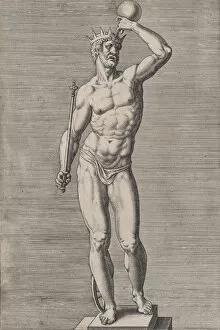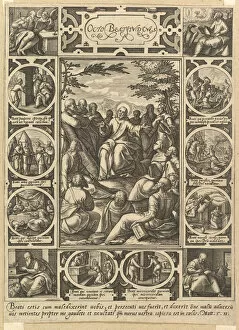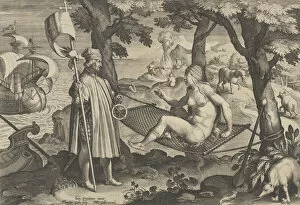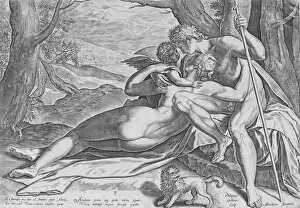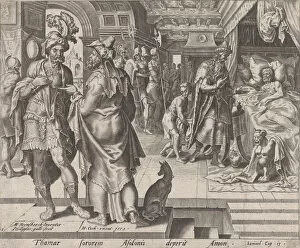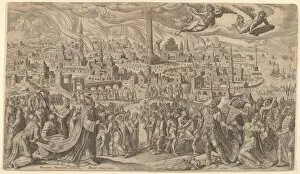Galleus Collection
"Galleus: A Master of Enigmatic Artistry" Philip Galle, a renowned artist from the 16th century, left an indelible mark on the art world with his captivating works
All Professionally Made to Order for Quick Shipping
"Galleus: A Master of Enigmatic Artistry" Philip Galle, a renowned artist from the 16th century, left an indelible mark on the art world with his captivating works. Among his notable creations are "The Parable of the Good Shepherd" and "The Death of the Virgin, " both showcasing his exceptional talent for storytelling through visual imagery. Intriguingly, Galle also delved into exploring human vices and virtues in his series titled "The Seven Deadly Sins" and "The Virtues. " His portrayal of Anger (Ira), Lust (Luxuria), Sloth (Desidia), Envy (Invidia), Hope (Spes), and Prudence (Prudentia) offers a thought-provoking reflection on our inner struggles and aspirations. Galle's ability to breathe life into biblical narratives is evident in his depiction of "The Parable of the Wise and Foolish Virgins" and "The Resurrection. " These artworks transport viewers to pivotal moments in Christian history, evoking emotions ranging from awe to contemplation. Moreover, Galle's artistic prowess extends beyond religious themes. In pieces like "Plate 4: Apollo, " he showcases his versatility by sculpting a nude statue that exudes strength and grace. This demonstrates Galle's ability to capture beauty in its various forms. One cannot overlook Galle's masterpiece titled "The Triumph of Time. " This work encapsulates the transient nature of existence while reminding us that time spares no one. Through intricate details and symbolism, Galle prompts us to reflect upon our mortality with a sense of urgency. Philip Galle was undoubtedly an artist ahead of his time. His enigmatic artistry continues to captivate audiences centuries later, leaving them mesmerized by each stroke on canvas or chisel on stone. Whether it be biblical parables or explorations into human nature, Galle's legacy lives on, inviting us to delve deeper into the complexities of life and art.

